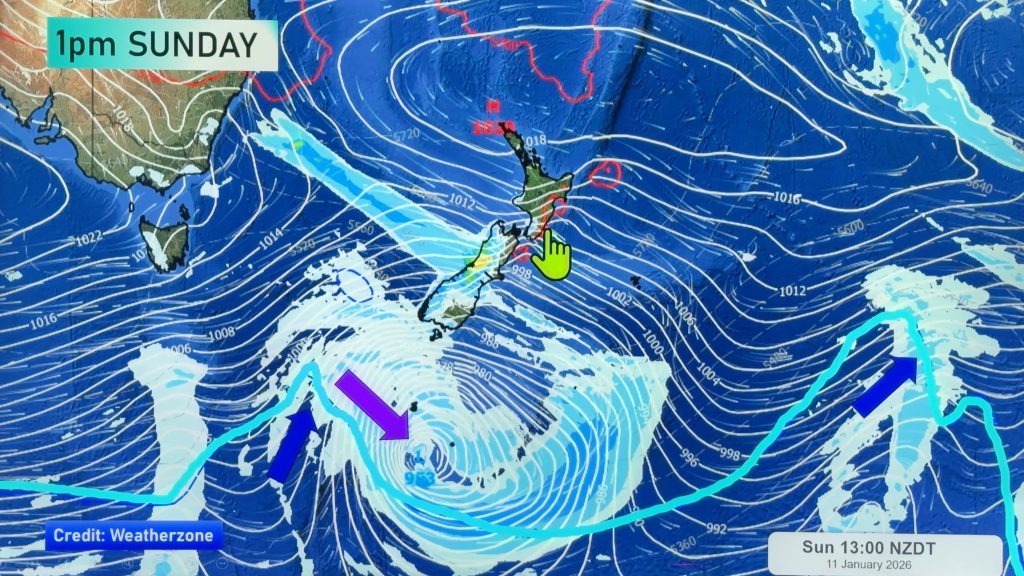
> From the WeatherWatch archives
Australia may have already entered into the early stages of an El Nino weather pattern, increasing the possibility of drought and lower-than-average rainfall, an expert says.
Climatologist Roger Stone is warning Australia should brace itself for drier conditions as an El Nino weather pattern looks increasingly likely.
“Exactly how that manifests itself over the next couple of weeks will be critical to not only Australia’s climate patterns but climate patterns all over the world,” Professor Stone told Landline.
An El Nino event refers to a prolonged period of warmer-than-average sea surface temperatures in the eastern Pacific that can lead to drought in Australia.
“The sea temperatures are already 1 or 2 degrees above normal, and right along the South American coast, perhaps 2 or 3 degrees above normal,” Professor Stone said.
“That’s the telltale sign of an early stage to an El Nino event.”
Professor Stone says the sub-surface temperature across the central and eastern Pacific is warmer by up to 5 degrees.
“This is why we are saying it is [El Nino] primed,” he said.
“If that comes to the surface you have a major El Nino – it’s just tucked below the surface of the ocean at the moment.”
Professor Stone says it is not all bad news in the short term though, according to forecast systems.
“The El Nino [pattern] is a little cruel, it allows some early rain to come in at the early stages, before it is really develops,” he said.
“New South Wales for June to August [rainfall] is showing quite high probability, especially around the Western Slopes and Liverpool Plains.
“Down through Victoria, a lot of southern Australia, even Tasmania is showing up with reasonable rainfall probability.
“The outlook as we go to late winter, spring and summer is nowhere near as good as this [June to August].”
– Weatherzone/ABC
Comments
Before you add a new comment, take note this story was published on 15 Jun 2014.





Add new comment